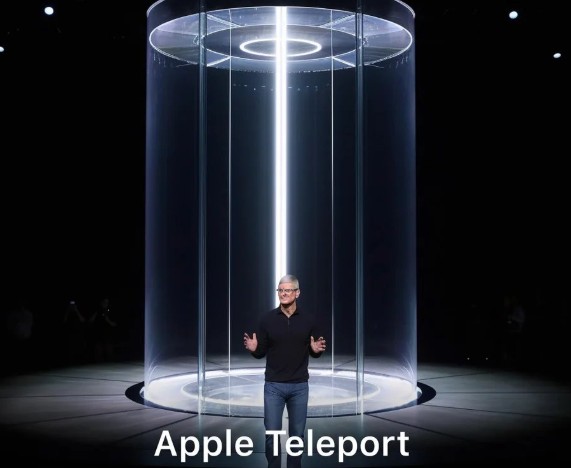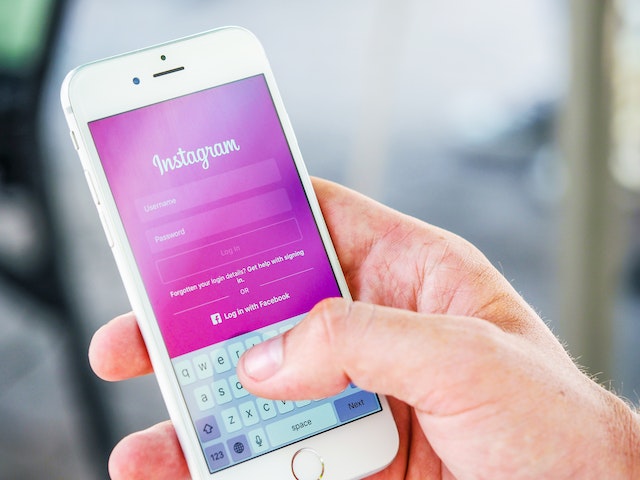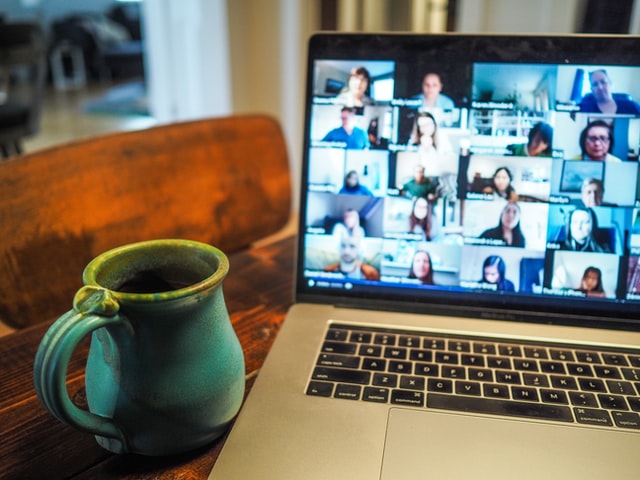Apple Teleport: The Next Leap in Virtual Travel and Human Connectivity
As technology is changing the way we experience reality and fantasy, Apple seems ready to revise our definition of presence. What would you think if you could go to another place, meet someone across the planet or explore new spots—all online? Now let’s consider what we might call the hypothetical Apple Teleport.
Although there is no Apple-made teleportation product yet, the phrase Apple Teleport is gaining popularity with tech and futurist communities. Regardless of what you call it, whatever buzz Apple created over its patents proves that people are ready to use virtual methods to travel through space.
This article discusses the feasibility of Apple making teleportation an exciting reality, helped by their leading experience in AR, VR, spatial and AI technologies. Let’s look at how this imaginative thought might transform the way we interact, stay entertained, learn and more.
The Apple Vision: Creating the Ultimate Teleportation Experience
Apple has built its reputation by making complex things easy for everyone to use. Since beginning with the iPhone, Apple has always changed the way we connect with the world through technology. What’s coming next was obvious to me. Breaking the distance barrier.
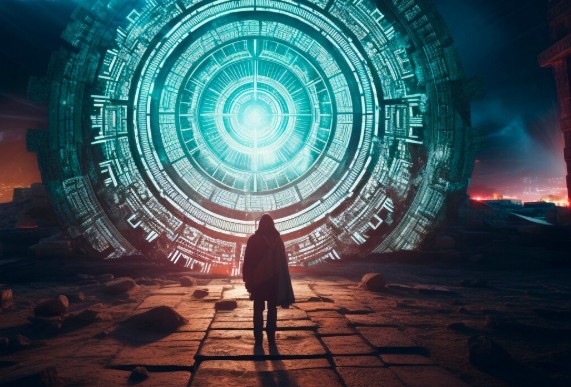
An Apple teleport isn’t really about moving matter from one group to another in the same way matter would be annihilated and recreated. That means designing games to be so convincing that the brain no longer knows if something is happening in a game or the real world. So projects like Apple teleportation devices become tools for changing the way we see and hear things—as opposed to actually transporting us.
Apple has built the basic structure. With the Vision Pro headset, Apple has introduced its first spatial computer to create three-dimensional surroundings. At a later stage, it could underpin the Apple teleport machine, serving both virtual reality and telepresence that feels as close to reality as possible.
The History of Teleportation: From Sci-Fi to Near-Reality
Teleportation has long been a fascination in science fiction. Think Star Trek‘s “beam me up” scenes or teleportation pods in The Fly. While these portray physical transportation, modern science has turned to the next best thing: digital teleportation.
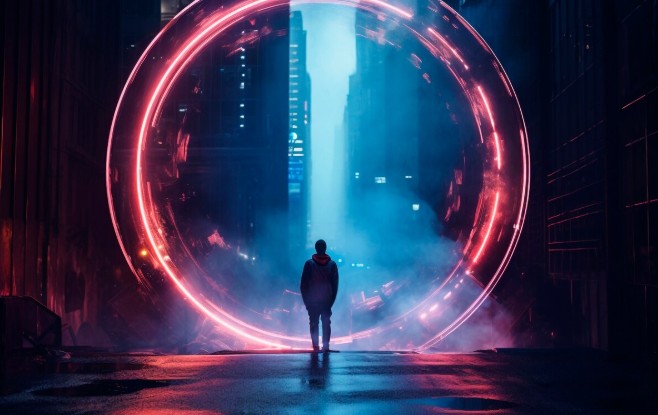
Companies like Meta, Microsoft, and Apple are investing billions into spatial computing and mixed reality. Apple’s vision appears to lean toward a digital teleporter that enables:
- Live, ultra-realistic 3D rendering of environments.
- Real-time body tracking and facial mapping.
- Real-time audio simulation (spatial sound).
A real-time teleportation experience through Apple wouldn’t be teleportation in the literal sense, but in every practical way, it would feel like being there.
How the Apple Teleport Machine Might Work
Let’s explore the technical elements that could drive the Apple teleporter:
1. High-Fidelity 3D Scanning and AI Mapping
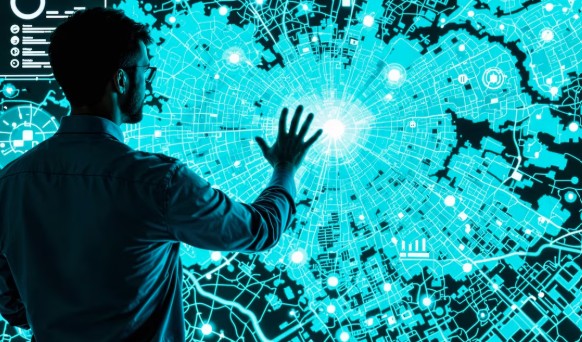
Apple’s LIDAR scanners in iPhones and iPads already allow high-accuracy depth mapping. Enhanced versions could scan environments and people in real time, transmitting them to remote users.
2. Spatial Computing and Neural Input
With the Vision Pro, Apple’s first real step into spatial computing is already underway. Future iterations could feature:
- Eye-tracking for realism.
- Neural interfaces for movement and reaction.
- Gesture control for manipulating virtual environments.
This is the skeleton for the Apple teleportation device—a headset or wearable capable of streaming a digital version of yourself across the world.
3. Real-Time Environmental Rendering
Imagine walking through a bustling Tokyo street from your living room in Seattle. Real-time rendering could allow remote users to move, see, hear, and even feel (via haptics) different environments.
Use Cases: How Apple Teleport Will Change Everything
The implications of Apple teleport are massive. Here’s how this revolutionary tech could reshape various domains:
1. Global Collaboration & Remote Work

Forget Zoom fatigue. The Apple teleporter could enable virtual conference rooms with natural eye contact, spatial sound, and full-body presence—removing the friction of remote collaboration.
2. Immersive Education
Students could “teleport” to ancient Rome, outer space, or inside a human cell, gaining experiential learning in a way books or screens could never offer.
3. Telemedicine
Doctors could examine patients remotely, conduct diagnostics, or assist in surgeries using realistic, immersive feeds—bringing world-class healthcare to remote areas.
4. Entertainment Redefined
Concerts, sports games, and theater could be experienced in first-person POV. Your Apple teleportation device might let you attend Coachella while sitting in your pajamas.
5. Virtual Tourism
You may not fly to Paris anymore—you’ll teleport there with your headset. Restaurants, museums, beaches—explore them all in vivid 3D, complete with ambient sound and interactive guides.
Technical and Ethical Challenges Ahead
Despite the excitement, the Apple teleportation device would face significant challenges:
1. Privacy & Data Security

If your body, voice, and environment are scanned and shared in real time, privacy becomes a serious concern. Apple’s reputation for privacy would be tested to its limits.
2. Digital Fatigue
How much virtual presence is too much? Users may face disorientation, fatigue, or even dissociation from the real world.
3. Bandwidth and Infrastructure
To make teleportation seamless, global high-speed internet infrastructure would need to be optimized—especially in developing regions.
4. Identity and Misuse
Could others impersonate you? Could virtual teleportation be used for unauthorized surveillance? These are critical ethical questions Apple must address.
Apple Teleport and Human Psychology
Teleportation, even digital, affects more than just how we travel—it changes how we perceive ourselves and others. Being able to “exist” in two places at once challenges our understanding of presence, identity, and attention.
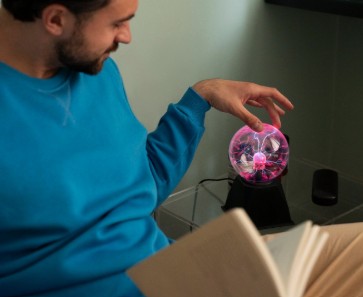
Apple’s focus on mindfulness and healthy tech use suggests they’ll try to embed safeguards—like screen-time limits or guided usage—for the Apple teleport machine. But it will ultimately depend on user behavior.
What Could Apple Teleport Look Like in 5 Years?
Phase 1: Remote Presence Kits
Apple might release a professional package for businesses—teleport booths or Vision Pro-compatible pods for corporate meetings.
Phase 2: Consumer-Friendly Devices
A sleek, lightweight headset—the Apple teleporter—could be priced around $1,000–$2,000, marketed to everyday consumers for travel, events, and entertainment.
Phase 3: Fully Integrated Teleportation
In ten years, your iPhone, Watch, and Vision Pro could all work together to create a mixed-reality version of you—one that attends events, talks to people, and even makes purchases.
Beyond Tech: The Cultural Impact of Apple Teleport
The Apple teleportation device isn’t just another gadget. It’s a culture-shifting tool. It will:
- Collapse distances between families across continents.
- Transform the gig economy with virtual gigs.
- Redefine dating, socialization, and global friendships.
Soon, asking someone to teleport into your living room may be as casual as sending a FaceTime invite.
Conclusion
While the Apple teleport remains speculative, the technologies needed to make it real are rapidly maturing. Apple’s investment in AR, VR, AI, and spatial computing makes the idea more plausible than ever before. Whether it’s called the Apple teleporter, Apple teleport machine, or Apple teleportation device, the world is watching—and waiting.
Teleportation is no longer the stuff of science fiction. It’s a digital destination waiting for its iOS release.
Please refer to our website for further information.

